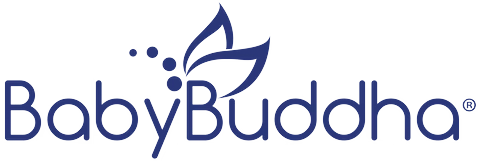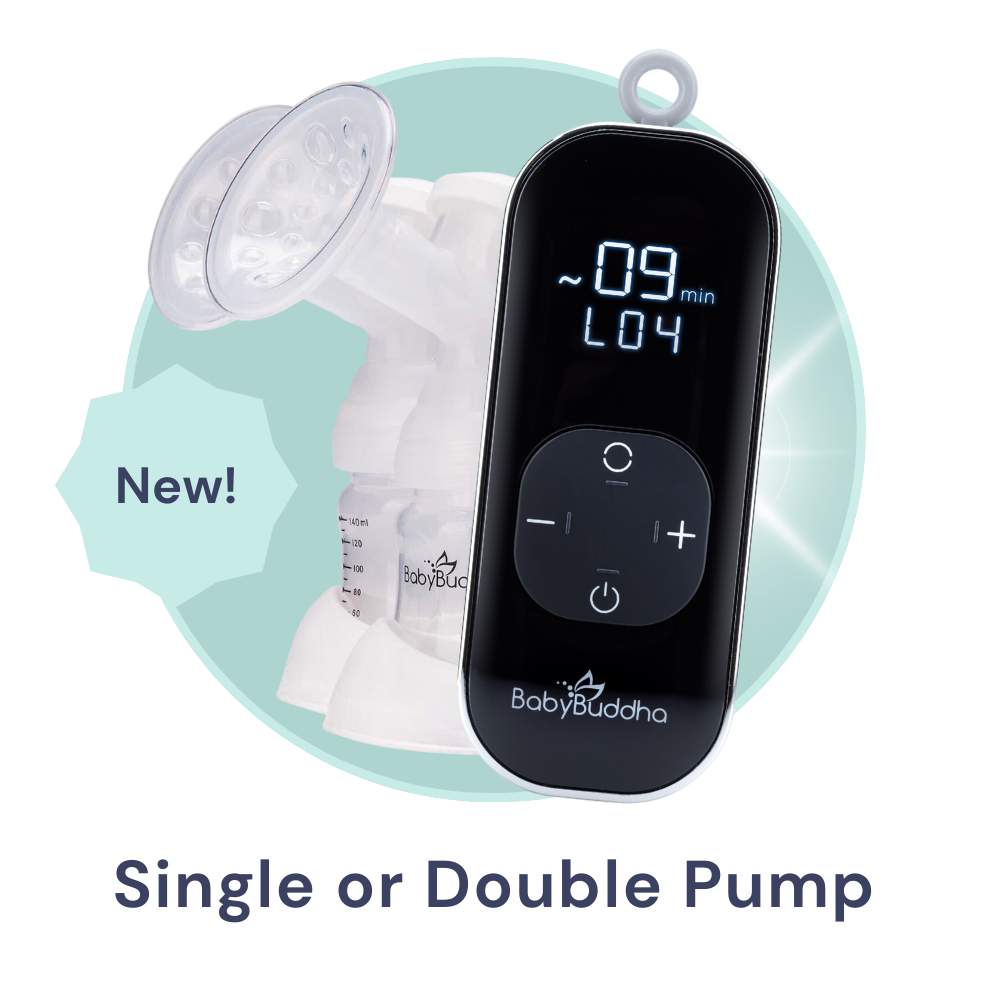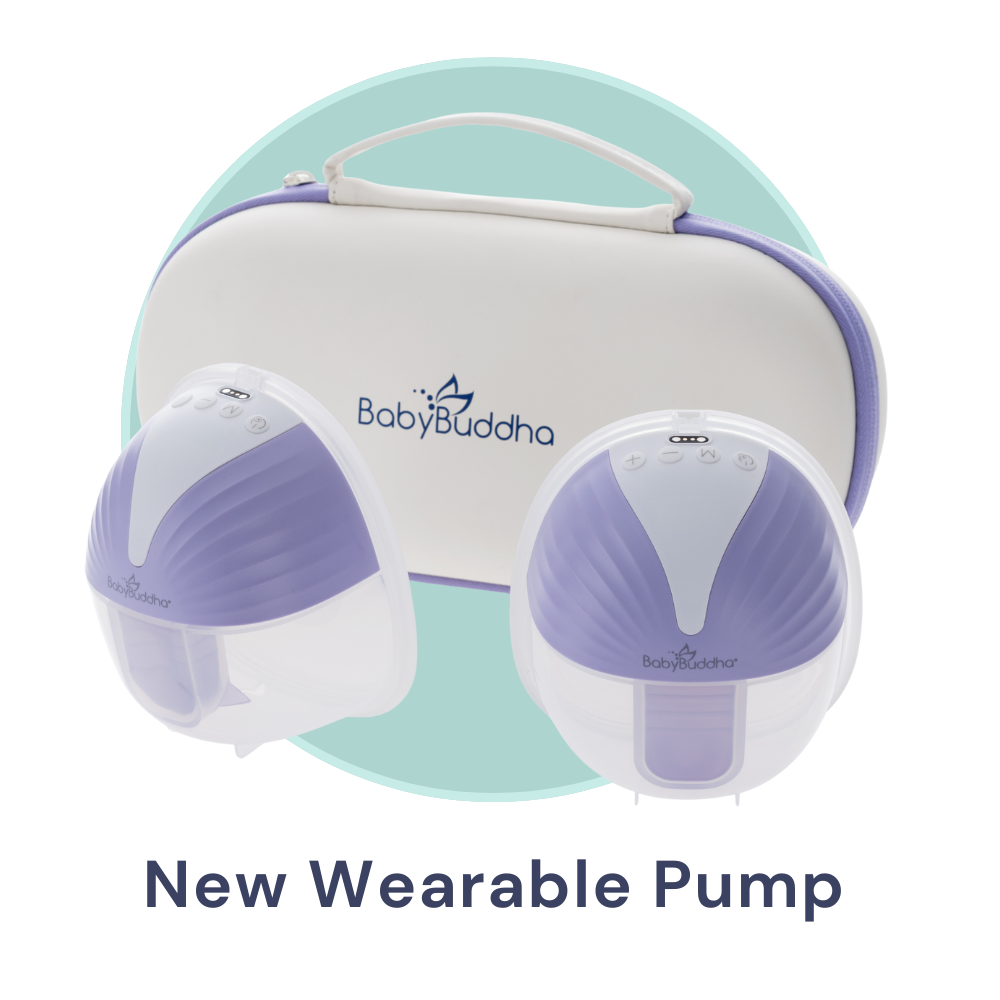Medically Reviewed By | Dr. Hope Lima, PhD, RDN, LRD, IBCLC
Humans are one of many mammals that breastfeed their young. Parents will find it fascinating to watch their bodies go through unprecedented changes to help grow and nourish their children.
But how does it actually work? Whether you have breastfed a baby before or you are just curious about how breastfeeding works, this article will give you an introductory overview to how human bodies produce milk.
The Anatomy of the Breast
The anatomy of the breast is elaborate, composed of a web of nerve endings and ducts. It works to produce milk, spurred on by its close relationship with the brain.
Different parts make up the breast.
- Mammary Glands: The mammary gland is an organ, with the lobules being part of the glands, and the glands being made up of a cluster of cells that produce milk during pregnancy and breastfeeding.
- Areola: Pigmented skin surrounding the nipple
- Milk Ducts: Tubes that carry milk from the alveoli to the nipple
- Nipple: The outlet for milk
The brain plays a significant role in the art of breastfeeding. As our bodies change throughout pregnancy and postpartum, the brain releases hormones that trigger a physical response to produce milk.
How Does Human Milk Change?
Colostrum
You’ll likely notice the breasts changing to prepare to feed your baby even before you give birth. In fact, it is normal to produce colostrum as early as 18 weeks gestation!
Colostrum is full of everything your baby needs, such as antibodies and other essential nutrients to sustain them in the first few days of life. “During these first few days, your baby’s frequent feeding will help to increase your milk volume,” notes Lactation Expert Dr. Hope Lima, PhD, RD, IBCLC.
Transitional Milk
Lima notes that most individuals will see an increase in their milk volume 3-4 days after giving birth, but mature milk doesn’t stabilize until about two weeks postpartum.
Mature Milk
Mature milk tends to start around 10-15 days postpartum, and contains all of the nutrients your baby needs at this stage. This is the final type of milk produced, and it consists mainly of water to keep your baby well-hydrated.
How Milk Changes Throughout a Feed
When breastfeeding, your baby receives foremilk at the beginning of a feed and hindmilk at the end of a feed. The foremilk is often less concentrated towards the nipple, while the hindmilk comes from deeper within the glandular tissue and typically has a higher fat concentration.
How Breastmilk Is Made
The production of specifichormones plays a vital role in breastfeeding. After giving birth, your body produces the hormone prolactin that triggers the mammary glands to produce milk. “The hormone oxytocin also plays a part by triggering smooth muscle contraction and, thus, letdowns,” notes Lima.
After having your baby and delivering the placenta, the progesterone and estrogen levels drop. This causes prolactin to increase the volume of milk that your body produces. During this time, the baby has a natural instinct to find its mom’s nipple and begin to nurse. This causes a letdown reflex, bringing the milk to the nipple for the baby to eat.
The combination of your anatomy, brain, hormones, and baby should all work together to begin your breastfeeding journey with your newborn.
Babies Encourage Milk Production
While babies generally know how to breastfeed instinctually, sometimes they need a little support. Parents might need to guide their baby to the nipple or help the baby obtain a proper latch. That’s why best practice is to take advantage of the golden hour whenever possible. According to the World Health Organization, nursing in the first hour helps improve infant health.
Immediate skin-to-skin contact between mother and baby helps release hormones that bond the two together. Then, the baby feeds by finding its mom’s breast, latching on, and suckling, which should prompt the letdown reflex.
Sometimes the mom is not able to do skin-to-skin contact after giving birth because of a C-section or otherwise. Skin-to-skin contact can still offer health benefits, including temperature regulation; a mother’s partner or other family members can help meet this need.
Your milk will vary according to your baby’s growing needs and stage of life. Some babies naturally will eat more than others. Babies will likely eat more when going through growth spurts or comfort feed when stressed or uncomfortable (like when teething).
The Benefits of a Pumping Schedule
Throughout your breastfeeding journey, your baby will play a huge part in how your body reacts and produces milk. Generally, the more a mom breastfeeds or pumps, the more milk her body will produce.
Putting together a pumping schedule can help you meet your milk production goals. A pumping schedule should fit around your life and work demands to ensure that supply meets demand.
“It is recommended that parents nurse their babies as frequently as possible and only pump if they are separated or choose to be exclusively pumping,” notes Lima.
Pumping Breast Milk: Essential Info
Breastfeeding is hardly a one size fits all scenario. Some mothers exclusively pump, exclusively breastfeed, or exclusively formula feed. Many mothers do a combination of these, which is great! While breast milk is still considered best, even small amounts of breast milk can offer incredible nutritional benefits.
What Breast Pump To Buy
One of the many questions moms have is about what they need to feed their babies. They might have gotten breastfeeding pillows or nipple cream at their showers, but items like nursing bras and pumps center more on unique personal preferences.
For example, there are three different types of breast pumps. These choices include electric breast pumps, manual breast pumps, and portable breast pumps.
Manual Breast Pumps
Manual and electric breast pumps are two of the most common types you’ll come across.
Manual breast pumps are generally more affordable and easier to travel with. They don’t require electricity or batteries and are a great introduction to the world of breast pumps. The easy-to-clean BabyBuddha Manual Pump has two levels for different suction strengths. It’s covered by most FSA and HSA plans and comes with a two-year warranty.
Electric Breast Pumps
Electric breast pumps are more powerful and productive than their manual counterparts. The BabyBuddha® Portable Breast Pump is a hospital-grade electric pump that has the same comfort and discreet appearance as top manual options. The portable BabyBuddha breast pump is lightweight, rechargeable, and mimics the suction of your baby in order to increase milk production while pumping.
Breast pumps are an essential part of many families’ child-raising plans, which is why most insurance companies have to cover hospital-grade pumps. To get started on pumping, fill out this form to apply through your insurance.
Breastfeeding Tips: Things To Look Out For
Hunger Signs: What To Look For
Knowing infant feeding cues can help moms know when to breastfeed. Newborns need to eat frequently, day and night. As they get older, you will not have to feed them quite as often, as they can consume larger quantities of milk at one time. The more you get to know your baby, the better you will recognize their hunger signs.
Hunger signs in your newborn may be:
- Putting a fist to mouth
- Turning head toward the breast
- Puckering or smacking their lips
- Clenching hands into fists
Tip: “Crying or fussiness is a late feeding cue, and you want to look for the feeding cues mentioned above so that your baby isn’t over-hungry when it is time to feed. An over-hungry baby may have difficulty organizing and getting latched,” says Lima.
A Good Latch: What To Look For
“A good latch helps babies get enough milk and ensures the nursing parent does not experience pain with breastfeeding. It keeps them from accidentally hurting their moms,” notes Lima. You may think that your baby is latched correctly as long as they are getting milk, but this is not always the case.
Here are a few things that you can look for in a good latch:
- Baby's mouth is wide, with corners of their lips not touching each other
- The latch takes in breast tissue, not just the nipple
- Baby’s chin touches your breast
- Baby’s neck is elongated, like they are tilting their head upwards
- The baby is facing straight towards the breast, and their chest rests against your stomach
- Baby’s lips are flanged outwards, not tucked in
- Baby’s tongue is cupped under your breast
An incorrect latch usually causes discomfort for the nursing mother. If you notice your baby latched incorrectly, remove them from your breast and try again.
If your baby has a consistent habit of latching incorrectly, you may want to reach out to your lactation consultant for support.
Remember To Ask for Support
One of the best things you can do for yourself when breastfeeding is to trust your body and your baby. Breastfeeding support is available for women who want to learn more or need extra help. Educating yourself and relaxing will help your body lean into its natural instincts.
The first days of caring for a breastfed baby can seem difficult. Even if you have breastfed a baby before, each baby is different, and there is a learning curve involved.
In Conclusion
Breastfeeding is a complex and beautiful thing that helps new moms care for and bond with their children. Our bodies are typically equipped with everything that we need to have a successful breastfeeding journey, but if you find yourself struggling, reach out to a professional to help guide you.
Sources:
The Physiological Basis of Breastfeeding | National Library of Medicine
Signs Your Child is Hungry or Full | CDC
Colostrum: What Is It, Benefits & What To Expect | Cleveland Clinic
Anatomy of the Breasts | Johns Hopkins Medicine
The Golden Hour & Breastfeeding | Seton Medical Center Harker Heights
3 in 5 babies not breastfed in the first hour of life | WHO
Feeding Guide for the First Year | Johns Hopkins Medicine
Tongue-tie (ankyloglossia) - Symptoms and causes | Mayo Clinic








